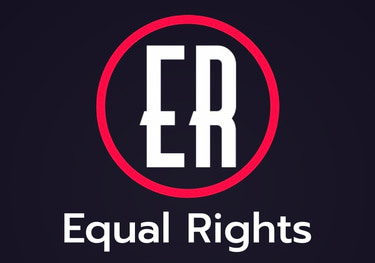Economic inequality is exacerbated by the lack of affordable,
high-quality child care, which disproportionately affects families with limited financial resources
Kylo B
7/28/2024
Economic inequality is exacerbated by the lack of affordable, high-quality child care, which disproportionately affects families with limited financial resources. This situation not only impacts the immediate well-being and economic stability of these families but also has long-term consequences for children's educational and developmental outcomes, thereby perpetuating cycles of poverty.
Here’s a deeper exploration of how inadequate child care contributes to economic inequality and its broader implications:
Key Aspects of Economic Inequality Due to Child Care Costs:
Affordability of Quality Child Care:
High-quality child care is often expensive and beyond the reach of low-income families. This affordability gap forces many parents to choose between inadequate care options or leaving the workforce to care for their children, both of which have detrimental effects.
Access to Child Care:
Families in low-income areas may have limited access to child care facilities, especially those offering high-quality services. This lack of access further disadvantages these families, reducing their ability to participate fully in the workforce.
Impact on Household Budgets:
For many low-income families, child care expenses represent a significant portion of their household budget. This financial strain can limit spending on other essential needs, such as housing, healthcare, and education, exacerbating economic hardship.
Economic Implications for Families and Society:
Reduced Workforce Participation:
Parents, particularly mothers, in low-income families may be forced to leave the workforce or reduce their working hours to manage child care responsibilities. This reduces household income and increases economic vulnerability.
Intergenerational Poverty:
Children in low-income families who lack access to quality child care may face developmental and educational disadvantages. These early setbacks can affect their long-term academic performance and career opportunities, perpetuating cycles of poverty.
Economic Mobility:
The lack of affordable child care limits economic mobility for low-income families. Parents unable to work or pursue education and training opportunities have fewer chances to improve their economic situation.
Broader Social Implications:
Educational and Developmental Outcomes for Children:
Quality child care provides crucial early learning experiences that lay the foundation for future educational success. Children in low-income families who miss out on these opportunities are at a higher risk of falling behind academically.
Health and Well-being:
Financial stress from high child care costs can negatively impact the mental and physical health of parents and children. Chronic stress and inadequate care can lead to long-term health issues, further entrenching economic disparities.
Social Equity and Cohesion:
Economic inequality driven by child care disparities undermines social equity and cohesion. Communities with high levels of inequality may experience greater social tensions and reduced overall well-being.
Potential Solutions:
Subsidized Child Care Programs:
Government-funded subsidies and vouchers can help low-income families afford high-quality child care. These programs can make child care more accessible and reduce the financial burden on struggling families.
Universal Pre-Kindergarten (Pre-K) Programs:
Implementing universal Pre-K programs can provide all children, regardless of their family's income, with access to early education. These programs can help level the playing field and improve long-term educational outcomes.
Sliding Scale Fees:
Child care centers can adopt sliding scale fee structures based on family income. This approach ensures that all families can afford quality care without compromising the financial viability of child care providers.
Employer-Supported Child Care:
Encouraging employers to offer child care benefits, such as on-site facilities or subsidies, can help alleviate the burden on low-income employees. This support can enhance workforce participation and productivity.
Community-Based Child Care Solutions:
Developing community-based child care cooperatives and networks can provide affordable, high-quality care tailored to the needs of local families. These solutions can foster community support and engagement.
Case Studies and Examples:
Canada’s Child Care Subsidies:
In provinces like Quebec, government-subsidized child care programs have made high-quality child care affordable for many families. These programs have led to higher workforce participation rates among mothers and improved economic outcomes for families.
Head Start Program in the United States:
The Head Start program provides early childhood education, health, and nutritional services to low-income children and families. Studies have shown that children who participate in Head Start are more likely to succeed academically and socially.
Germany’s Universal Child Care:
Germany’s child care system offers subsidized care to all families, with fees based on income. This approach has helped reduce economic inequality and supported higher female workforce participation rates.
Economic inequality is significantly impacted by the lack of affordable, high-quality child care. Families with limited financial resources face greater challenges in accessing and affording care, leading to reduced workforce participation, perpetuation of poverty, and long-term disadvantages for children. Addressing this issue through government subsidies, universal Pre-K programs, sliding scale fees, employer-supported child care, and community-based solutions can help mitigate these disparities and promote greater economic equality and social equity.
